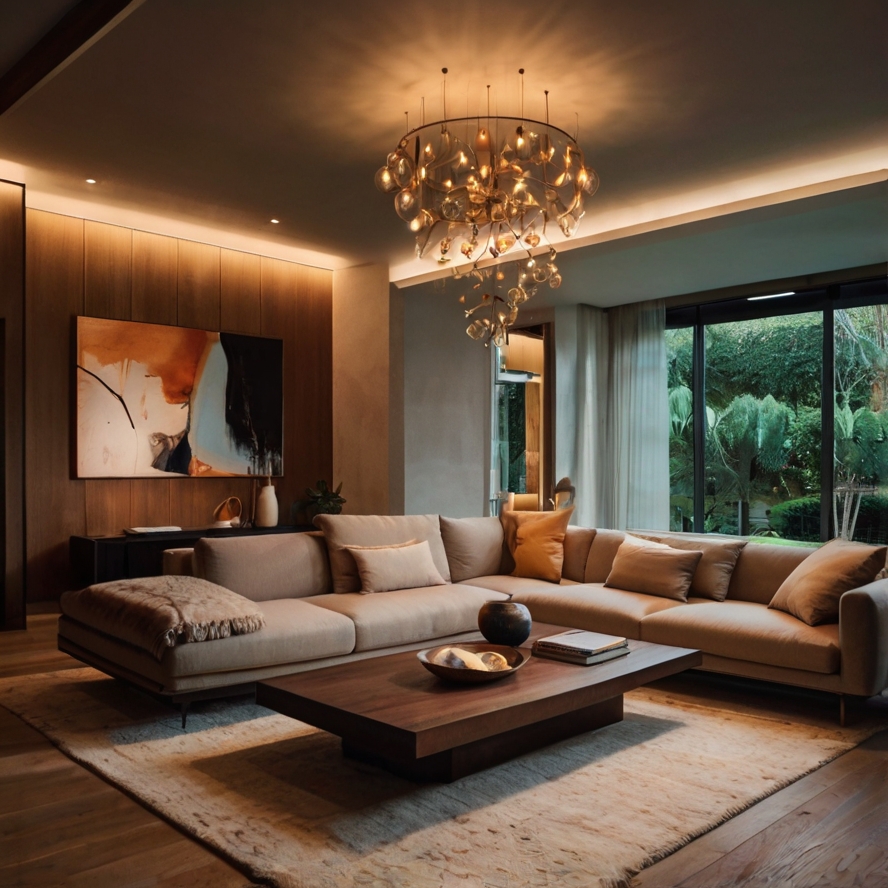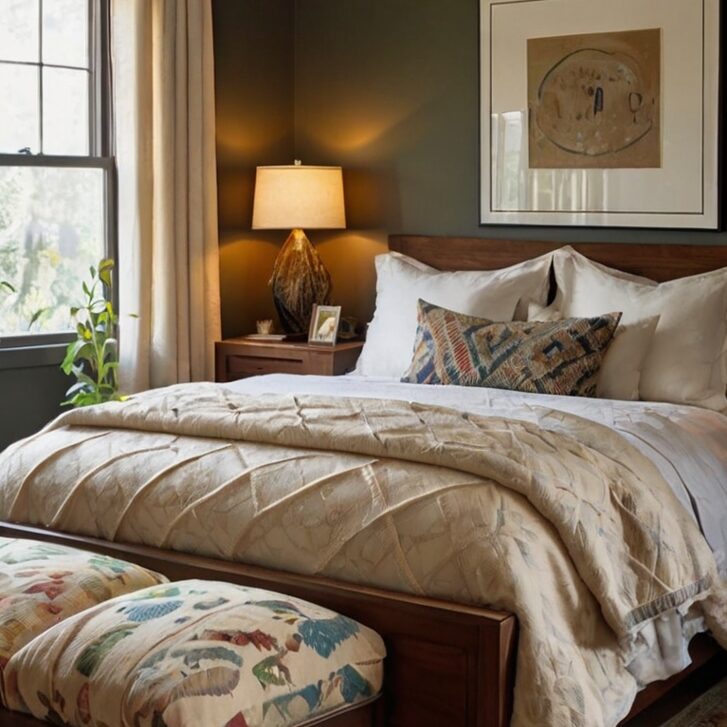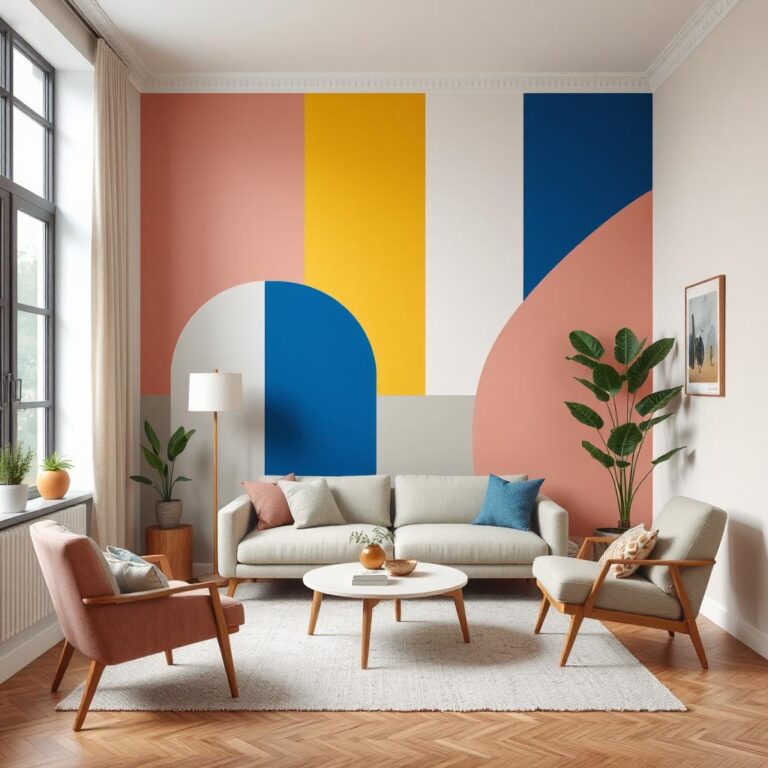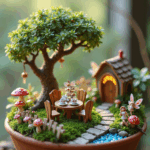Lighting is one of the most important elements in interior design, yet it’s often overlooked. A well-lit room doesn’t just help you see—it sets the mood, enhances the space, and highlights your favorite features. But how do you get that perfect, balanced glow that makes your space feel inviting, cozy, and functional?
The secret is layering light.
Just like with fashion or makeup, layering light adds depth, interest, and versatility to a room. By combining different types of light—ambient, task, and accent—you can create a dynamic and flexible lighting scheme that suits any occasion.
Let’s break down the three essential layers of light and how to use them to achieve the perfect ambiance in any room.
1. Ambient Lighting: The Base Layer
What It Is:
Ambient lighting, also known as general lighting, is the foundational layer of light. It provides overall illumination and allows you to see and move around the room comfortably. This type of lighting should fill the space evenly, creating a soft, natural glow that doesn’t overwhelm the room.
How to Achieve It:
- Ceiling Lights: Overhead fixtures like chandeliers, flush mounts, or pendant lights.
- Recessed Lighting: Can be installed in the ceiling for a sleek, unobtrusive light source.
- Wall-mounted Fixtures: Wall sconces or fixtures that provide even light without cluttering the space.
- Natural Light: Maximize daylight by using sheer curtains or blinds to let in as much light as possible during the day.
Tips for Perfect Ambient Lighting:
- Use dimmers to control the brightness depending on the time of day and mood.
- Consider energy-efficient options like LED bulbs that provide a soft, consistent light.
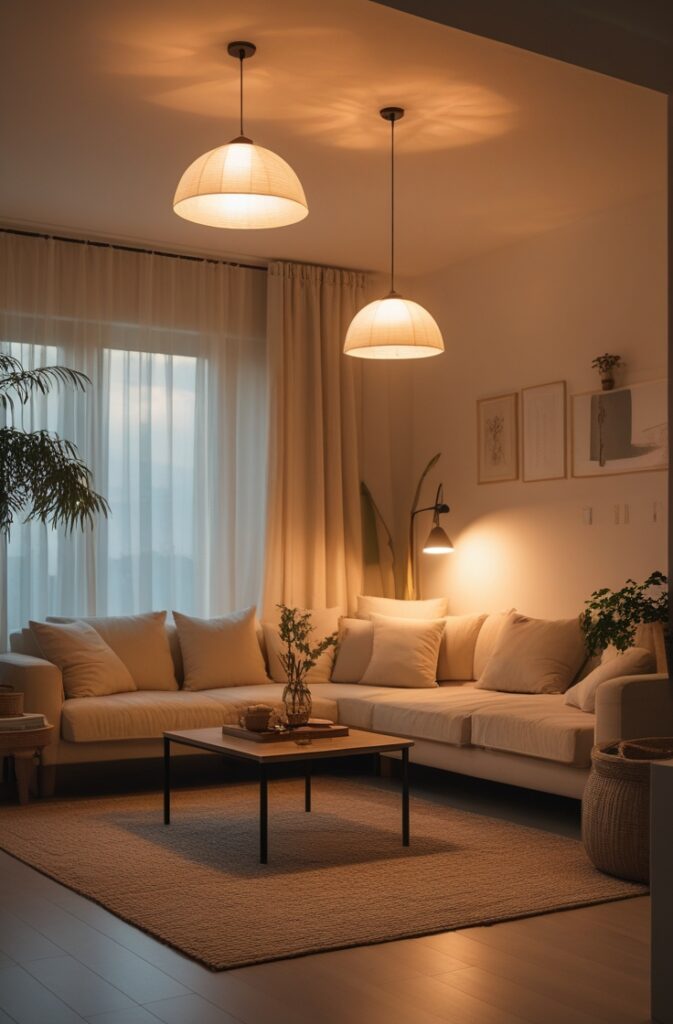
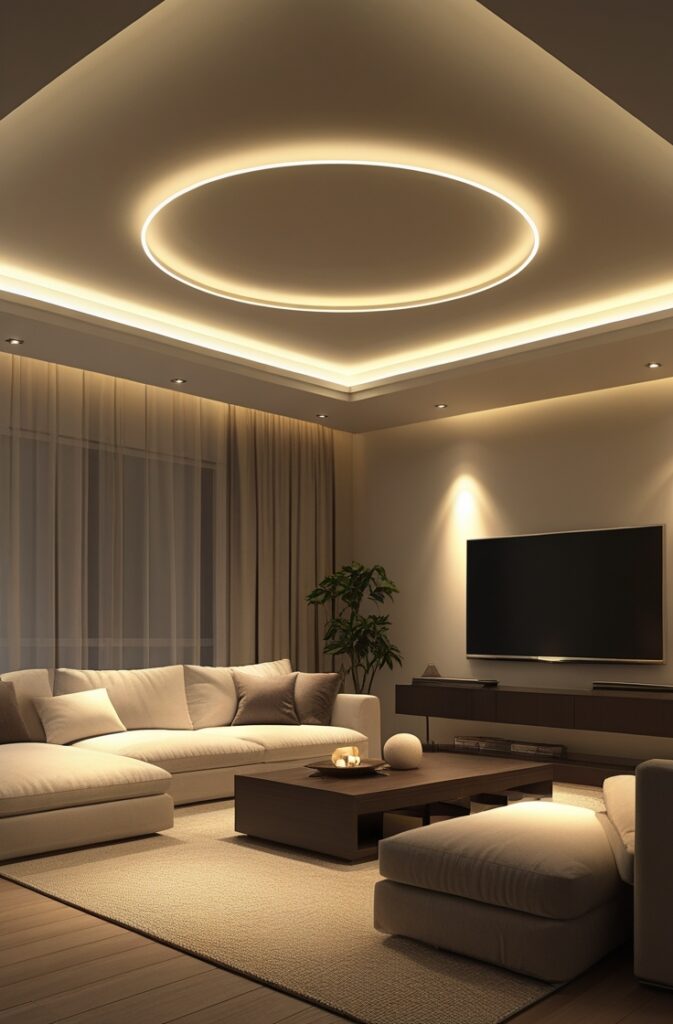
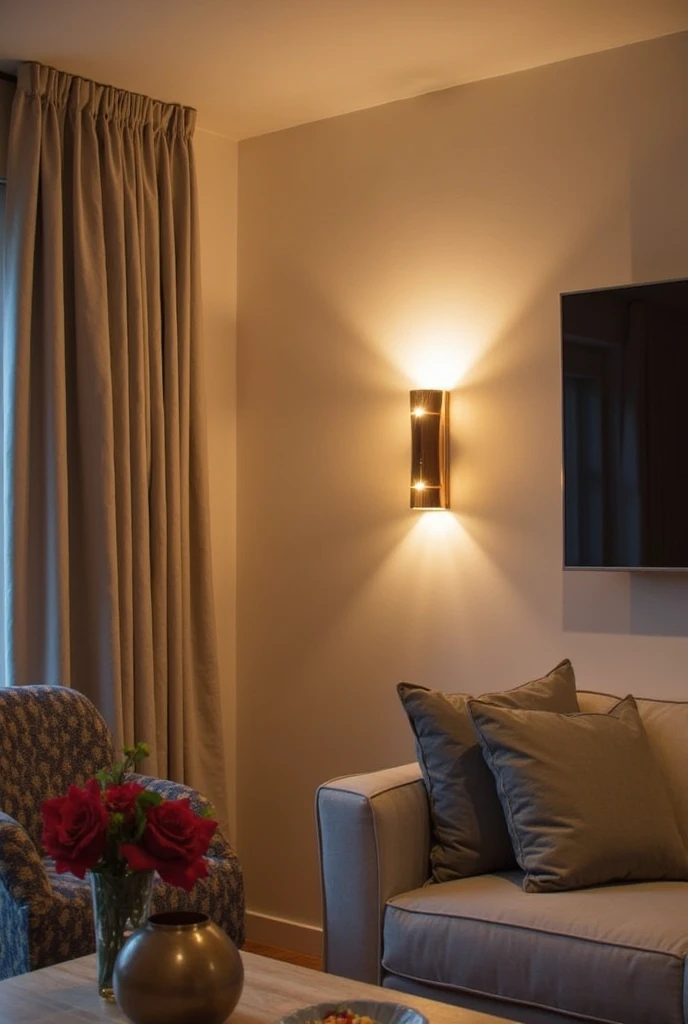
2. Task Lighting: The Functional Layer
What It Is:
Task lighting is your go-to for functionality. It’s the light you need to perform specific tasks, whether it’s reading, cooking, working, or applying makeup. This layer should provide focused, directional light without being harsh.
How to Achieve It:
- Table Lamps: Great for desks, nightstands, or reading corners. Look for lamps with adjustable arms or heads.
- Under-Cabinet Lighting: Perfect for kitchens and workspaces to illuminate counters or work surfaces.
- Floor Lamps: Ideal for reading or working in areas where you need a bit of extra light.
- Desk or Vanity Lamps: Provide direct light for tasks like writing, studying, or grooming.
Tips for Perfect Task Lighting:
- Position task lights directly over or beside your work area to minimize shadows.
- Avoid overhead lights for task lighting, as they can cast harsh shadows and cause eye strain.
- Use adjustable lighting (like a desk lamp or pendant light) to control the focus of the light.
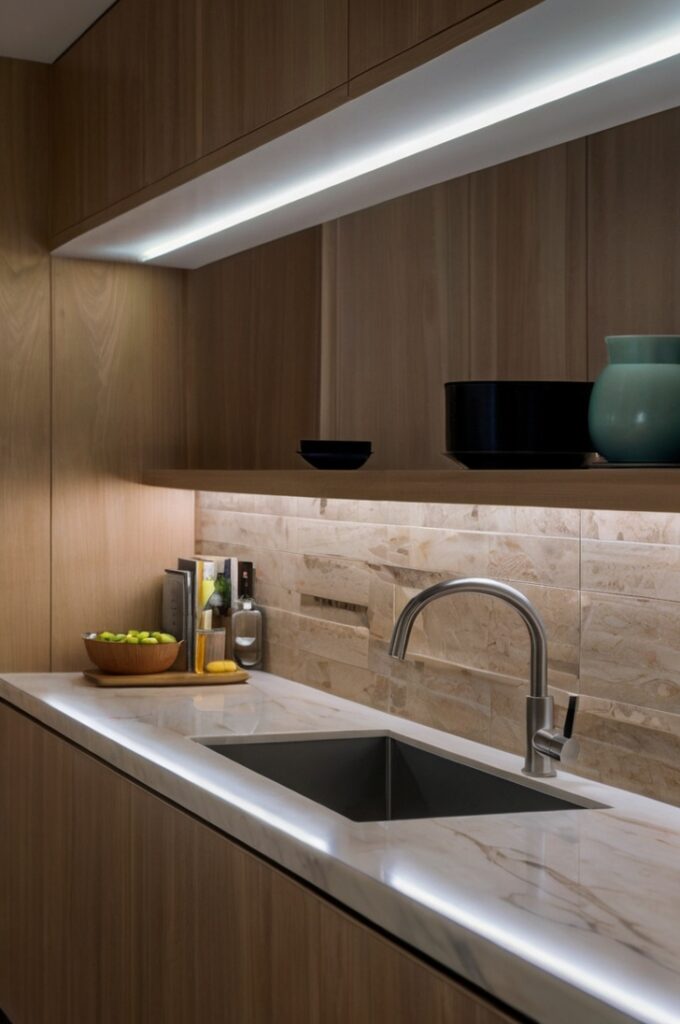
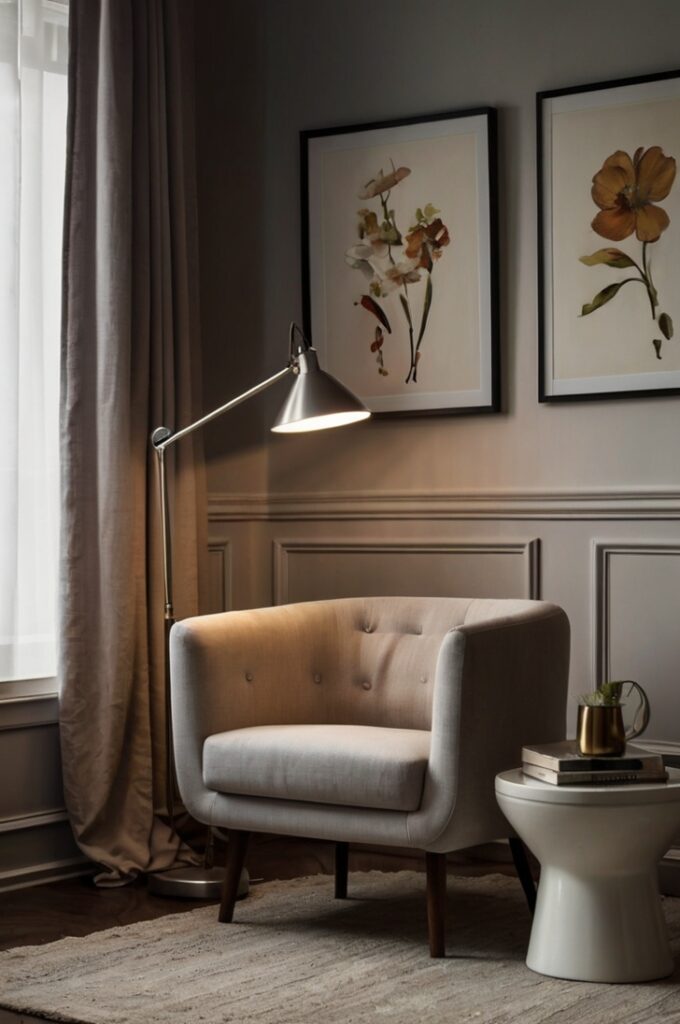
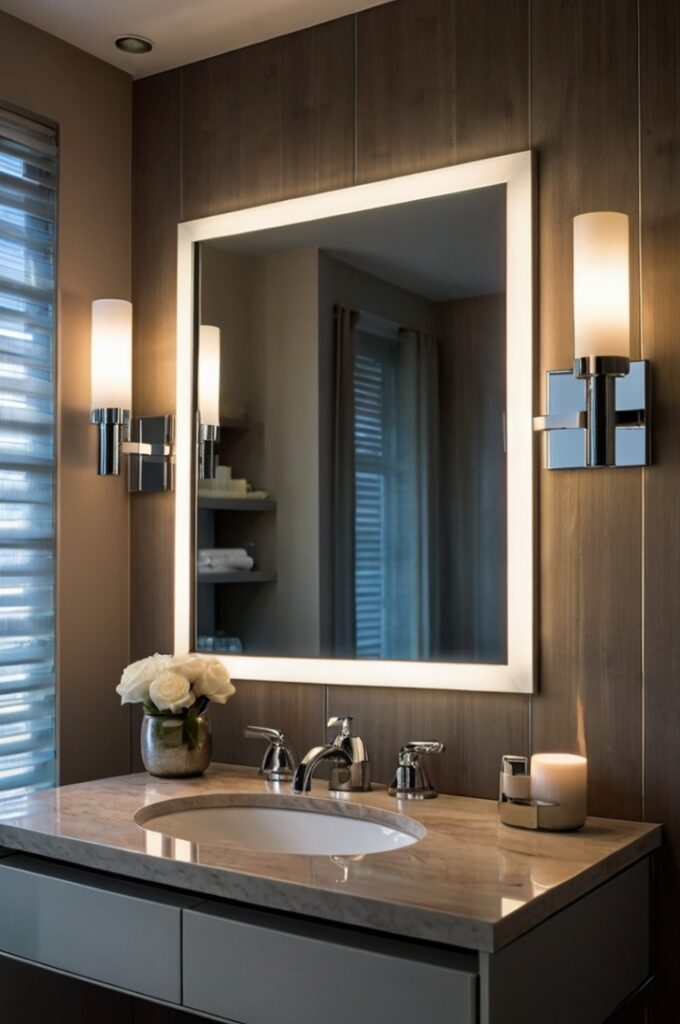
3. Accent Lighting: The Mood-Setting Layer
What It Is:
Accent lighting is all about setting the mood and highlighting features in your space. Whether it’s artwork, architectural elements, or a beautifully styled shelf, accent lighting draws attention to specific items and creates visual interest. This layer adds drama and sophistication to your space.
How to Achieve It:
- Track Lighs: Perfect for highlighting artwork, sculptures, or gallery walls.
- Wall Washers: Lights that graze the wall to create a soft, diffused glow that emphasizes texture and color.
- Recessed Spotlights: Great for directing light onto specific features like a piece of art, a plant, or a bookshelf.
- Fairy Lights & LED Strips: These add a playful touch to corners, shelves, or along the edges of furniture.
Tips for Perfect Accent Lighting:
- Use accent lights sparingly—too much can overwhelm a space.
- Experiment with the placement of lights to create interesting shadows and highlights that add depth.
- Consider color-changing LED lights to change the mood of a room from cool and calm to warm and cozy.
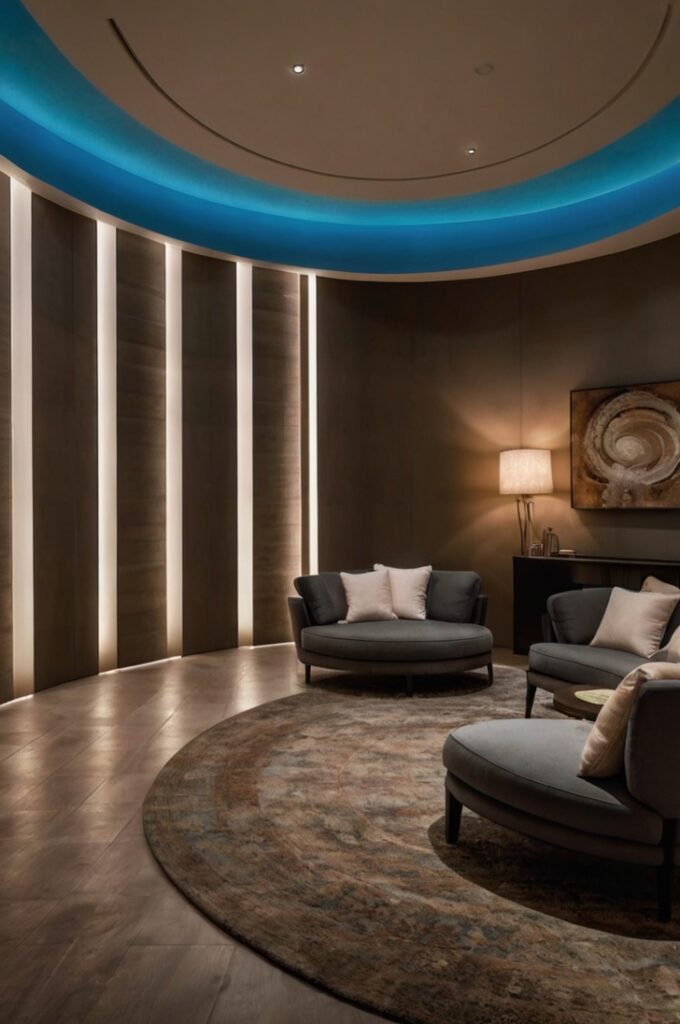
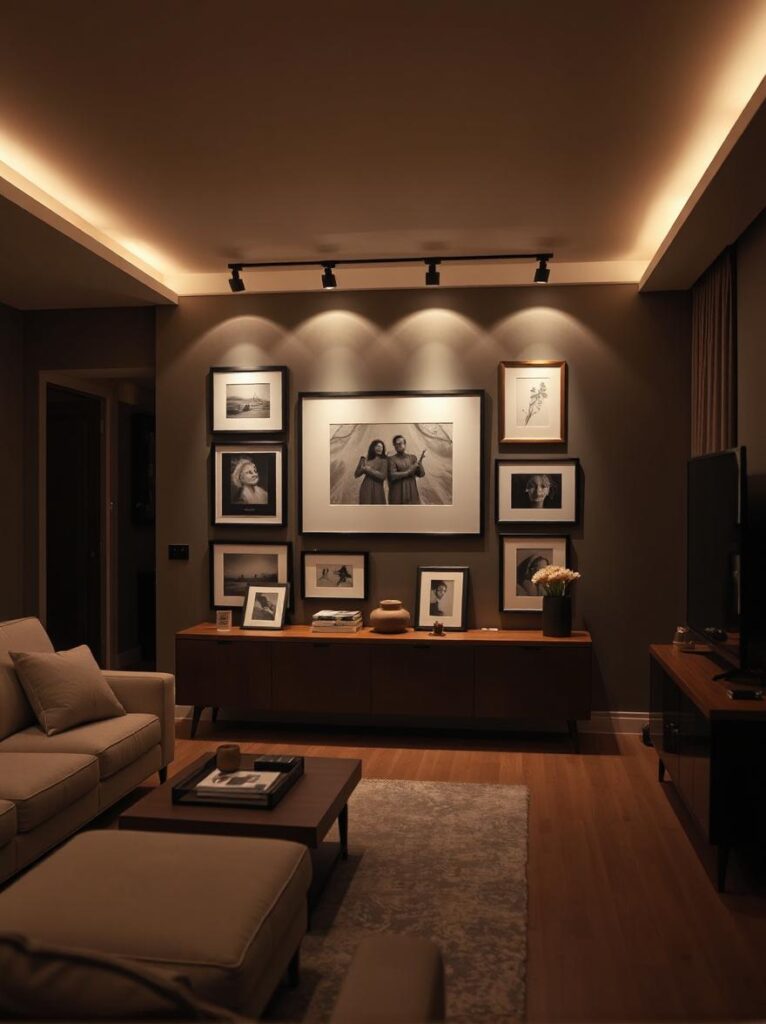
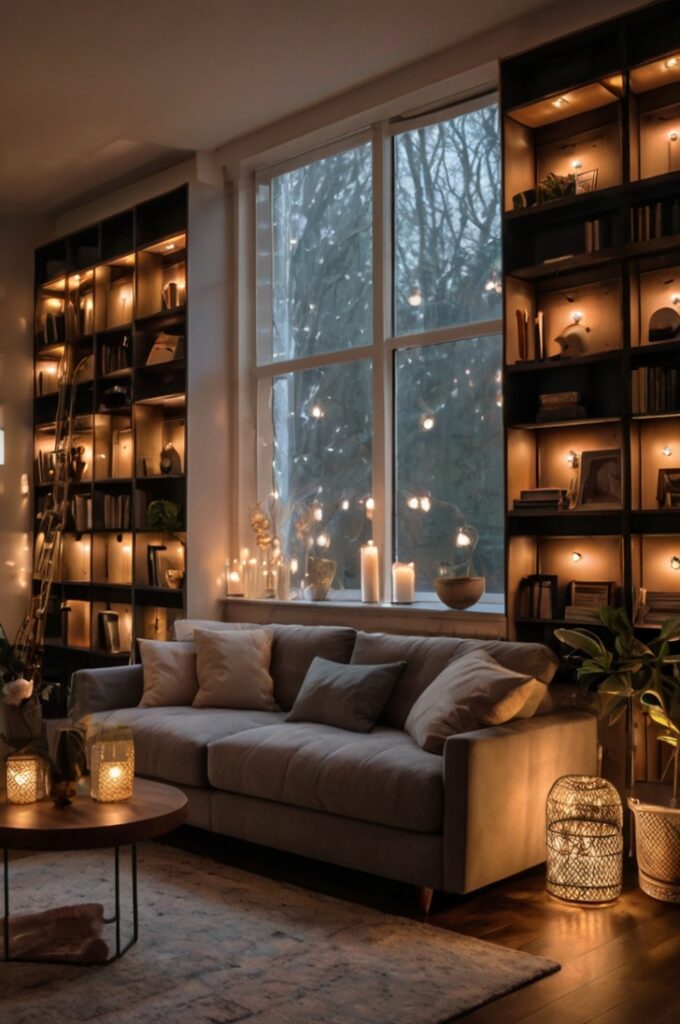
Bringing It All Together: How to Layer Light
Now that you understand the three layers, it’s time to layer them effectively. The key is balance.
- Start with Ambient Lighting: Choose your overhead lights or natural light to create a solid foundation for your space. Make sure the room is evenly lit without harsh glares or dark corners.
- Add Task Lighting: Depending on the activities you’ll be doing in the room, incorporate task lighting for reading, cooking, or working. Make sure these lights are adjustable and provide ample brightness where you need it.
- Finish with Accent Lighting: Add subtle accent lights to bring focus to your favorite design elements—whether it’s a beautiful painting, your favorite chair, or a stunning vase. Accent lights are the finishing touch that brings your room to life.
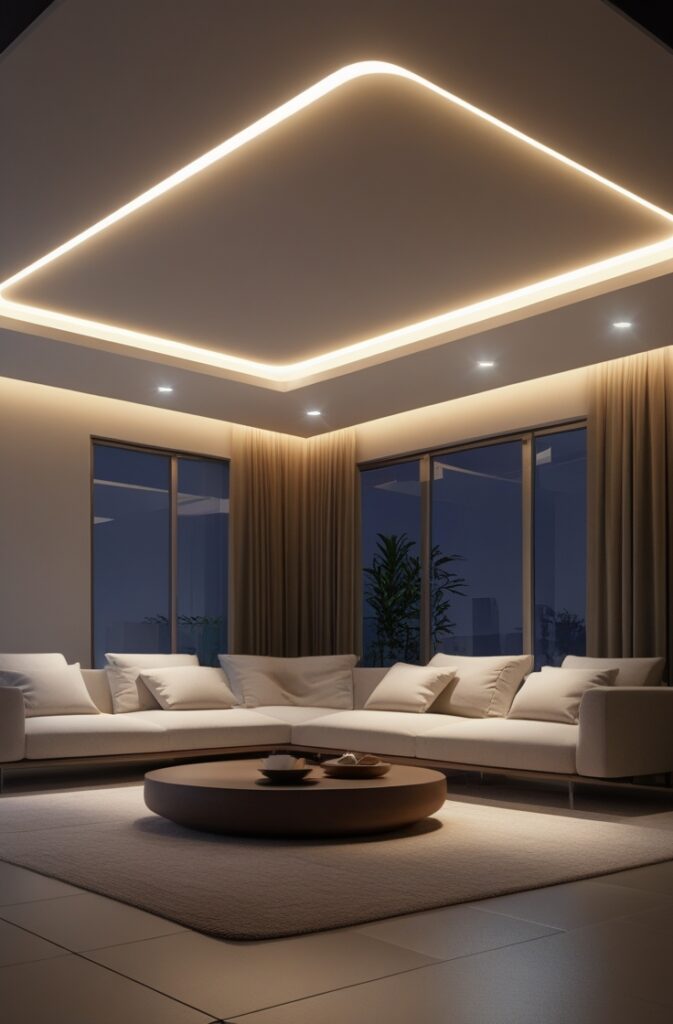


Additional Lighting Tips for Perfect Ambience
- Consider Light Temperature: Light bulbs come in different color temperatures, from warm yellow tones to cool white. Warm light creates a cozy, inviting atmosphere, while cooler light is more energizing and works well in task-oriented spaces like kitchens and offices.
- Play with Layering Heights: Don’t just focus on floor lamps or ceiling lights. Incorporate light at different heights (floor, table, and wall-mounted) to create a more dynamic lighting scheme.
- Mix and Match Fixtures: Don’t be afraid to combine different light sources—pendants with table lamps, sconces with floor lamps. Layering light in different styles and fixtures adds interest and personality to your space.
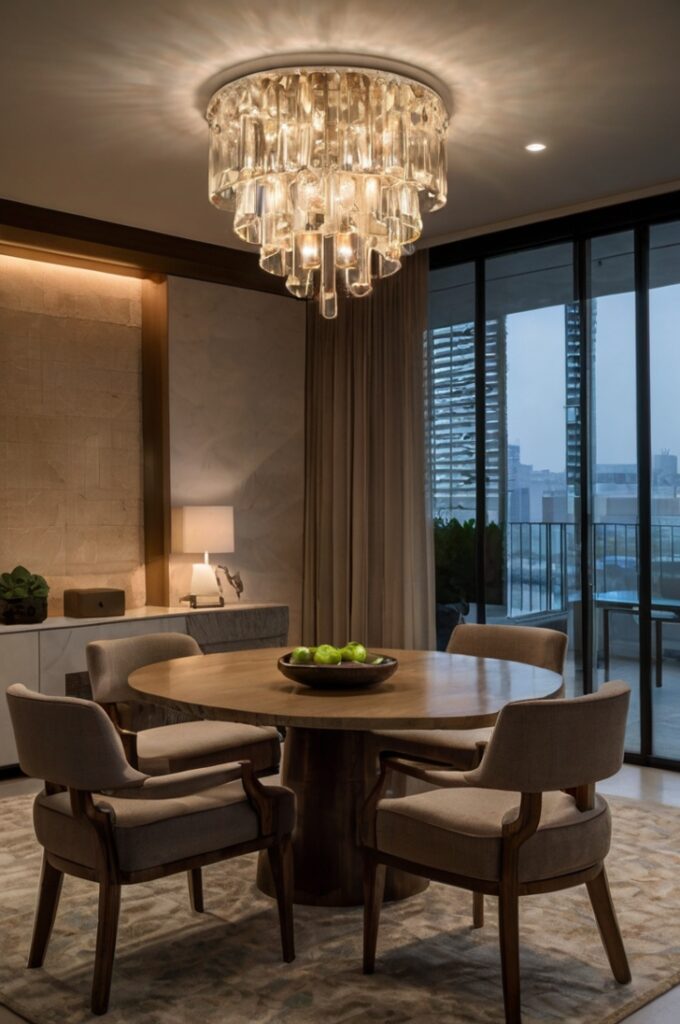
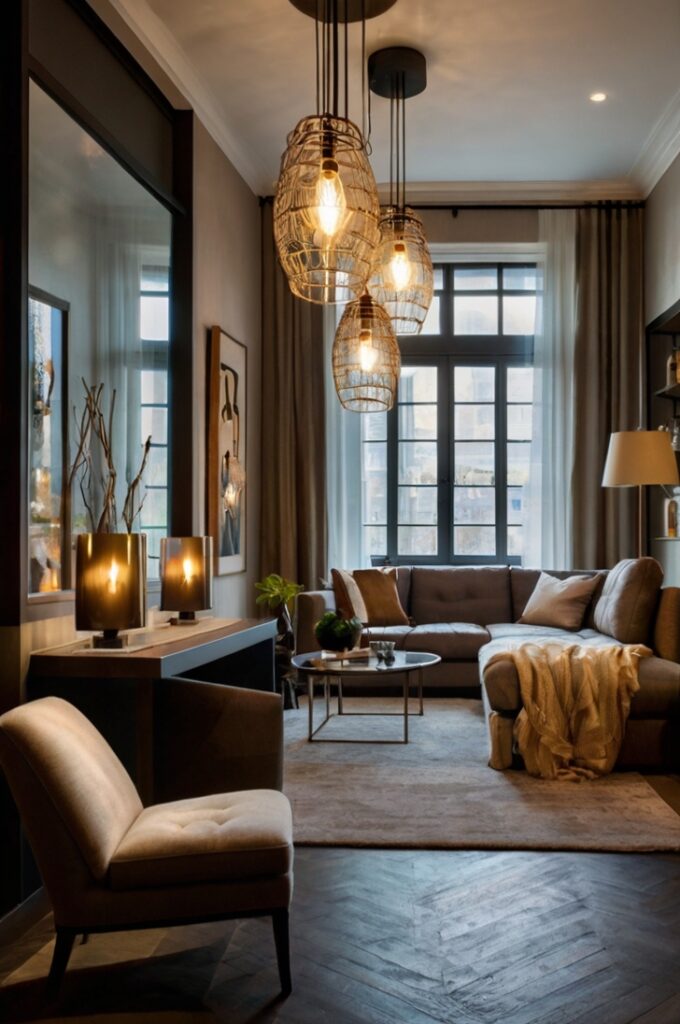
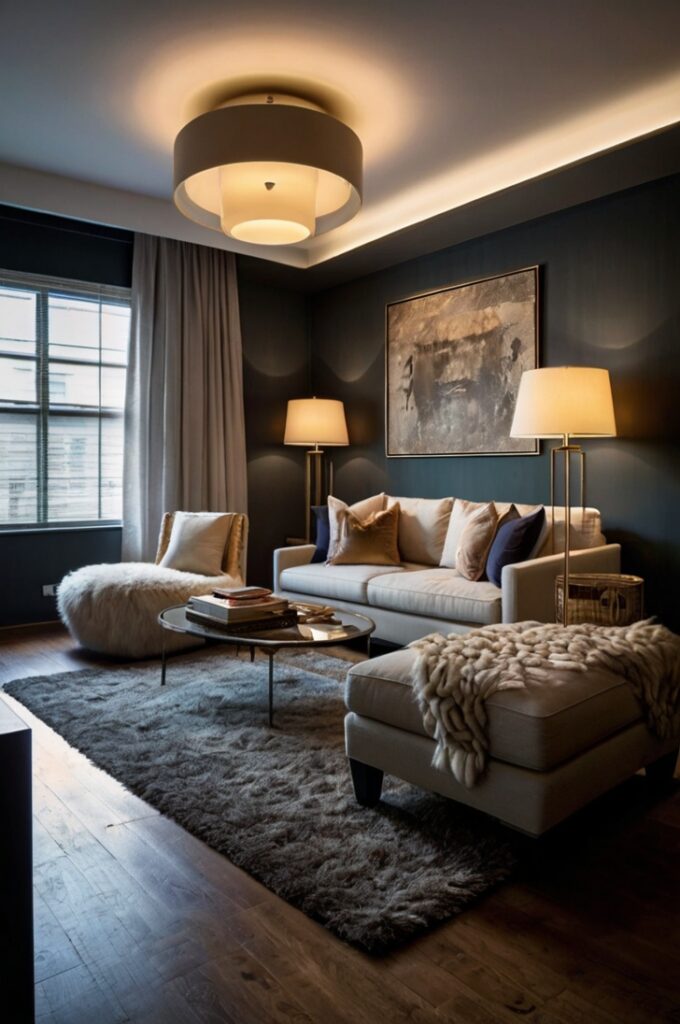
Final Thoughts
Lighting is one of the most versatile tools in interior design. By layering ambient, task, and accent lights, you can not only improve functionality but also create the perfect atmosphere in any room. Whether you’re winding down after a long day or hosting friends for dinner, the right lighting can transform your space and elevate the overall vibe of your home.
So, next time you’re thinking about updating your home, don’t forget to focus on your lighting. With a little thoughtful layering, you’ll be able to create a space that is both functional and beautifully lit—perfect for any occasion.
What’s your favorite lighting setup in your home? Let me know in the comments below!
